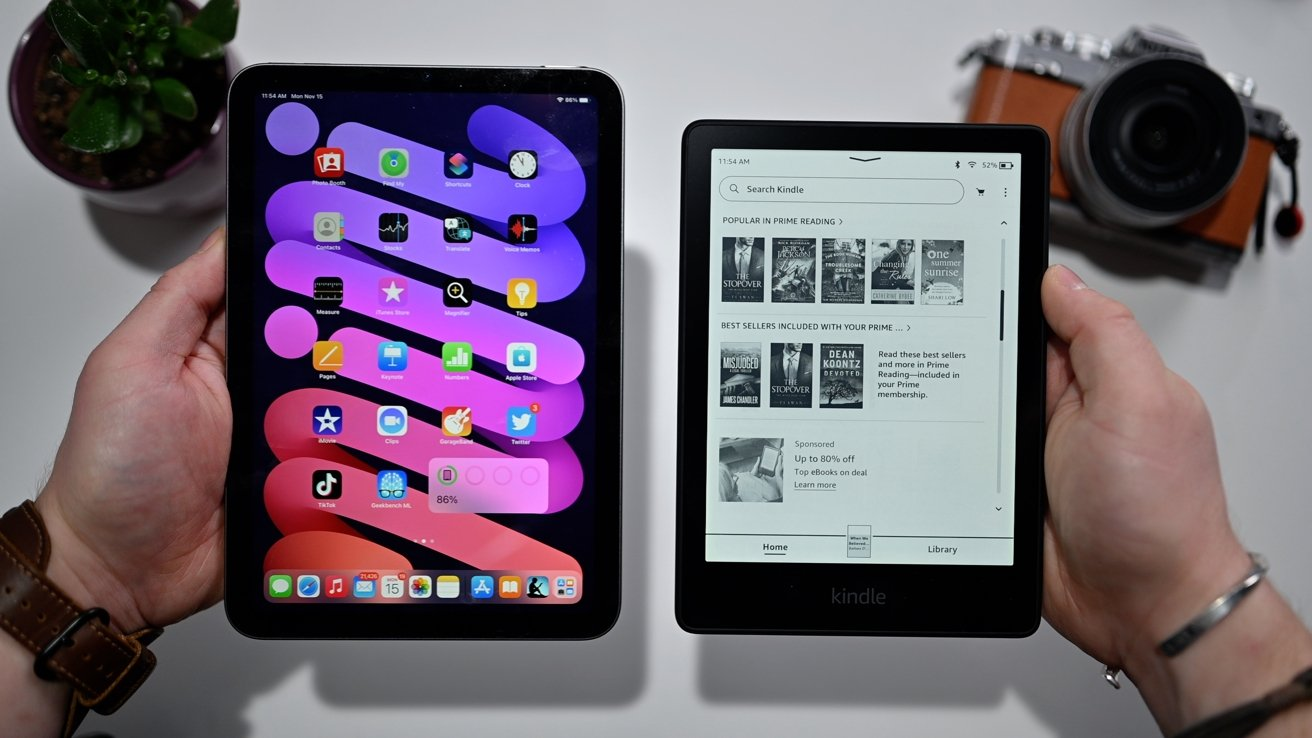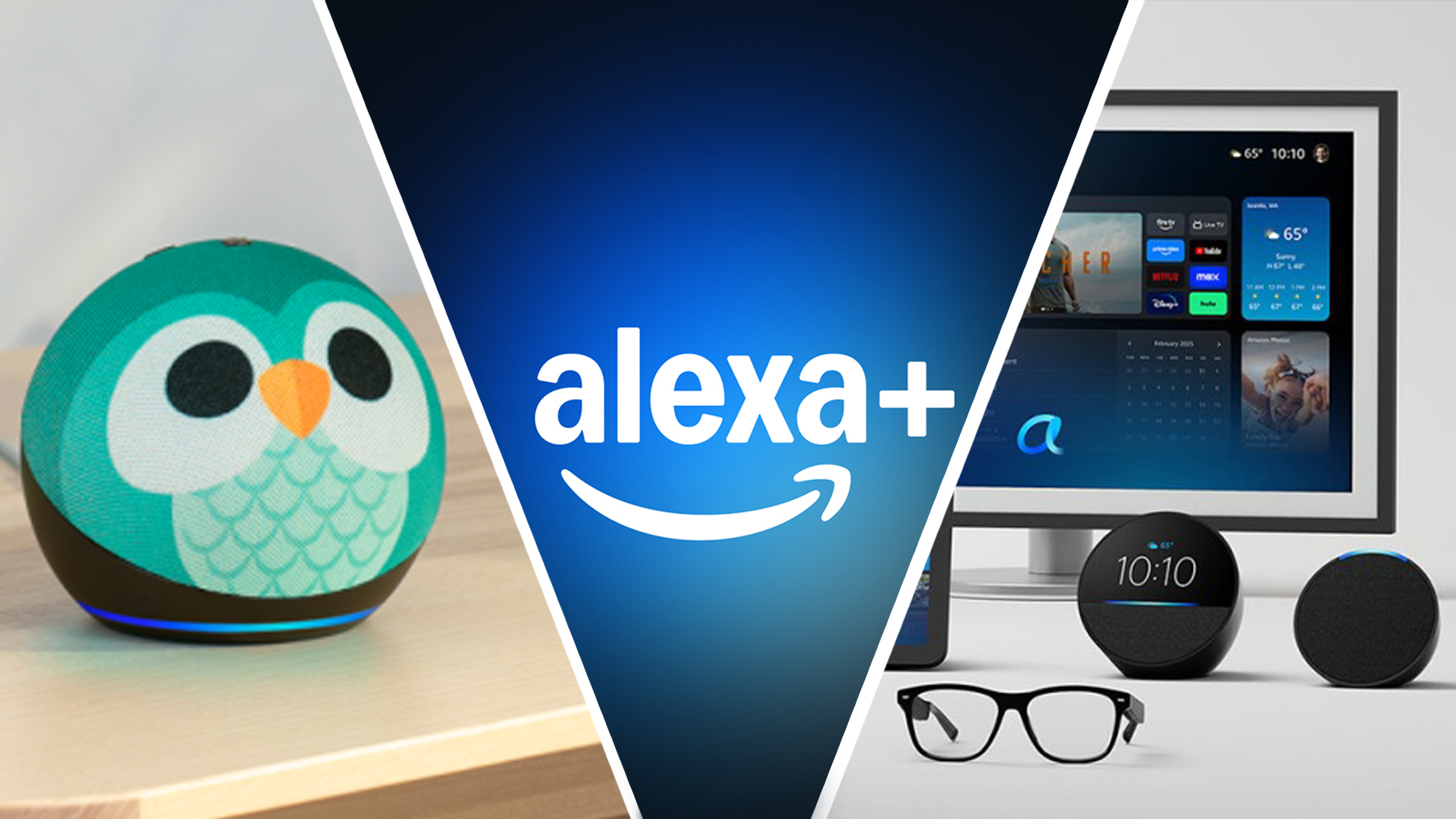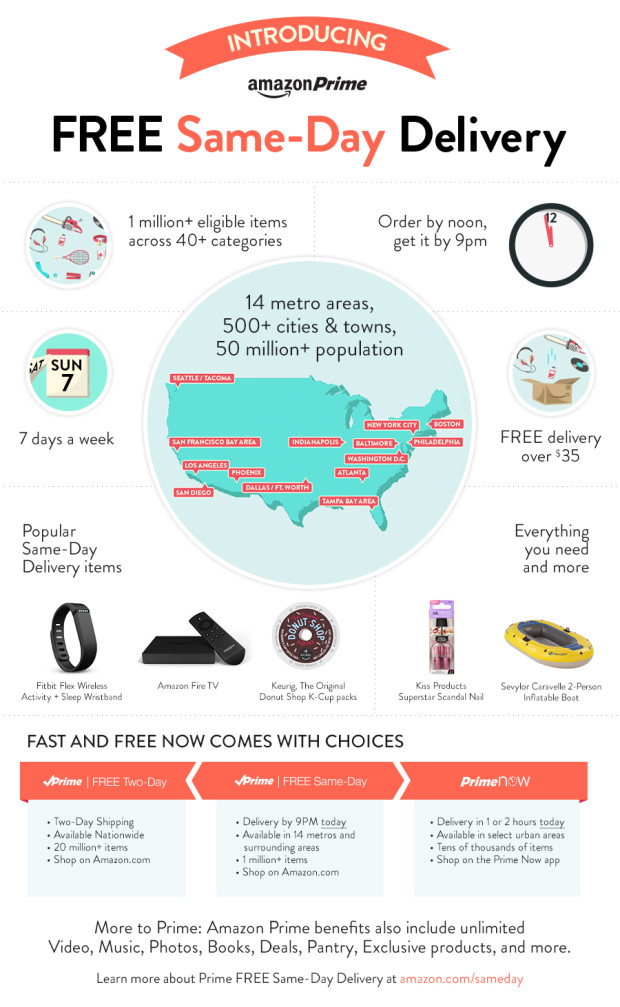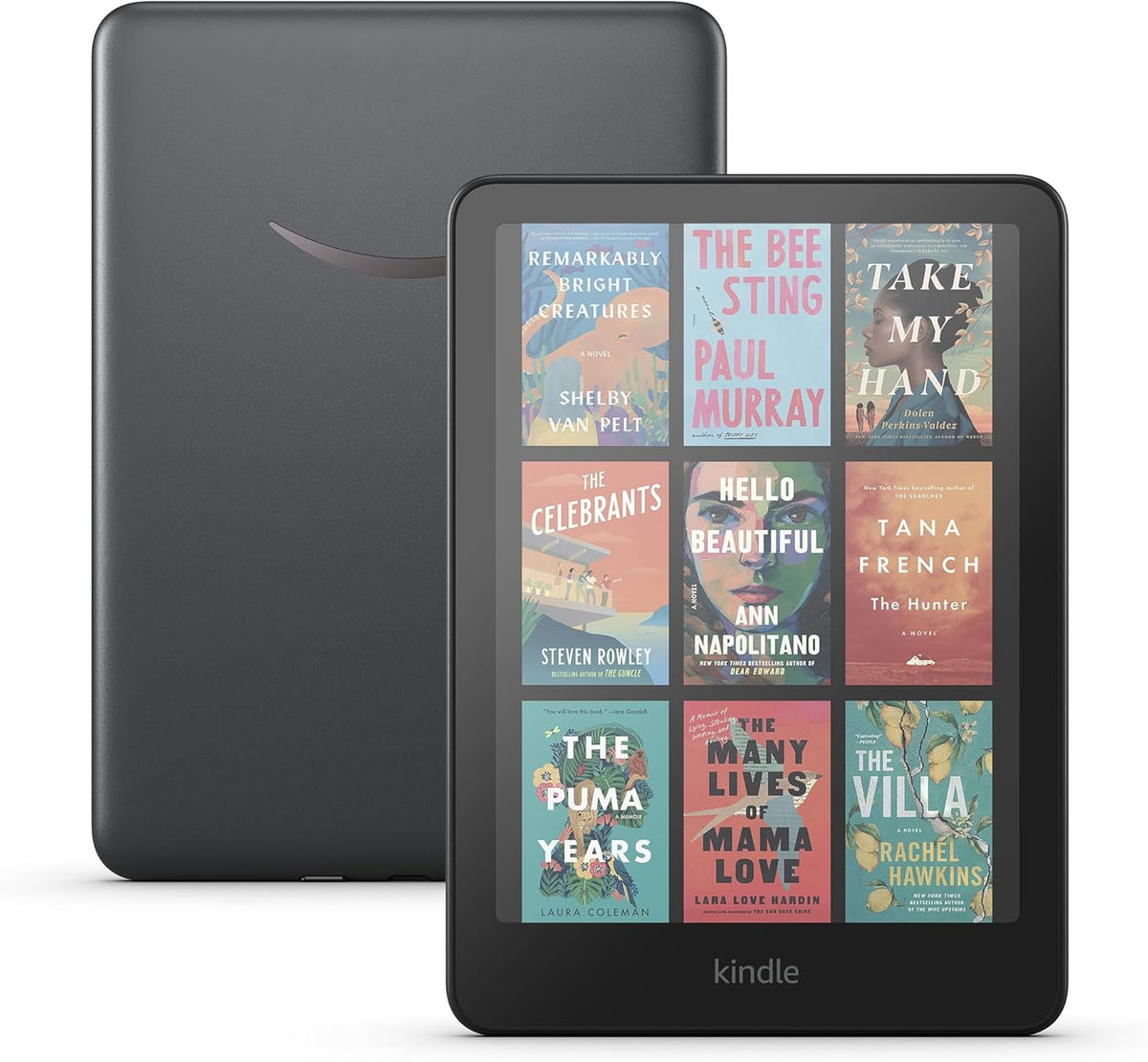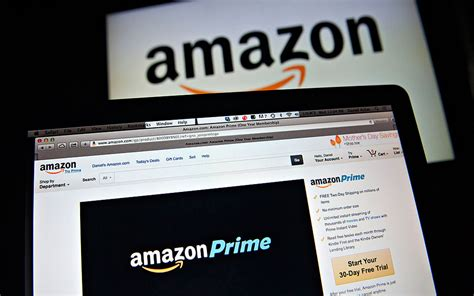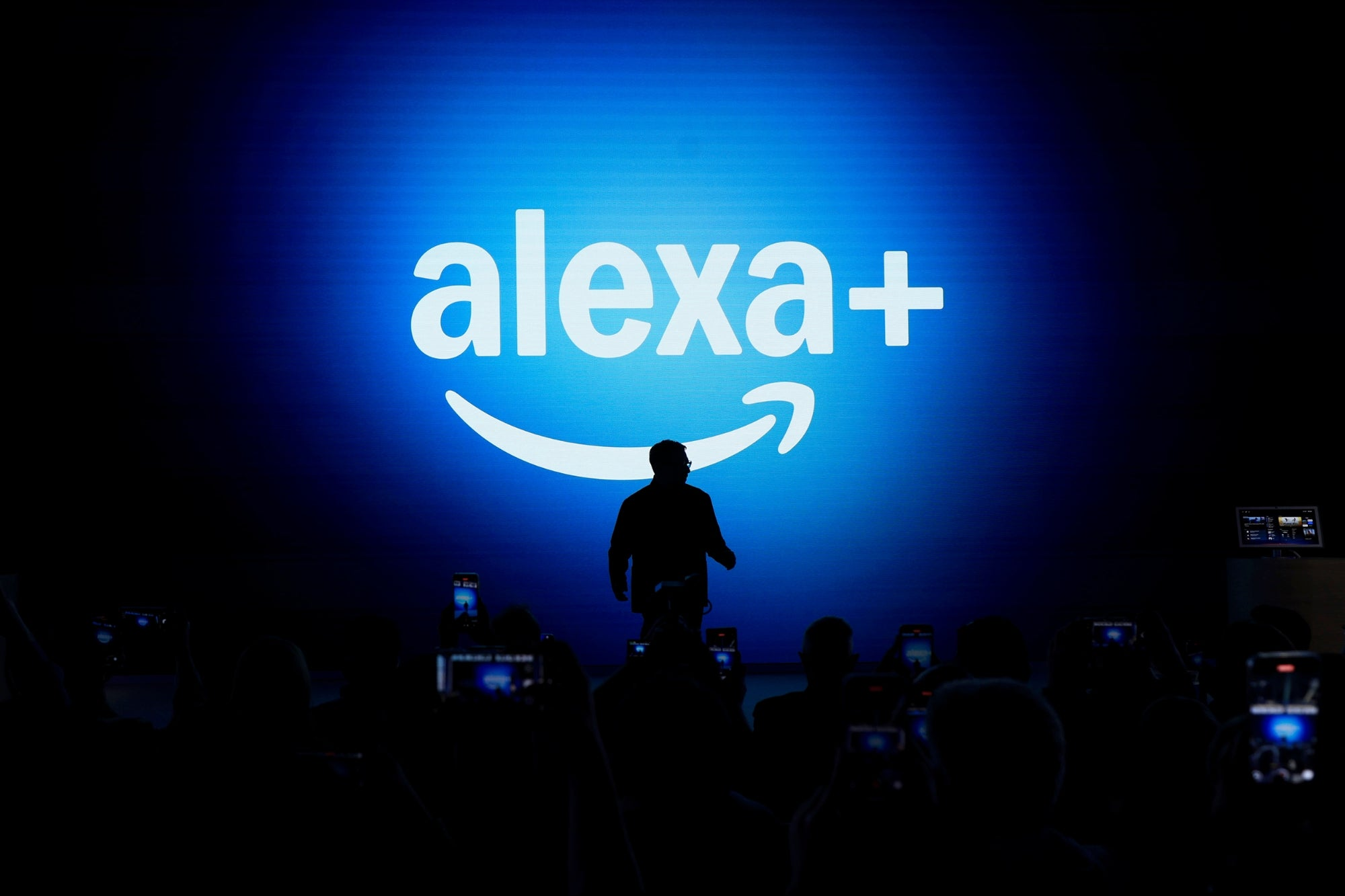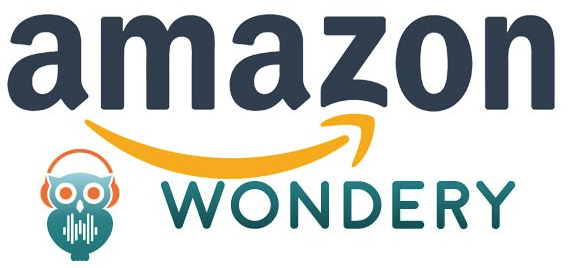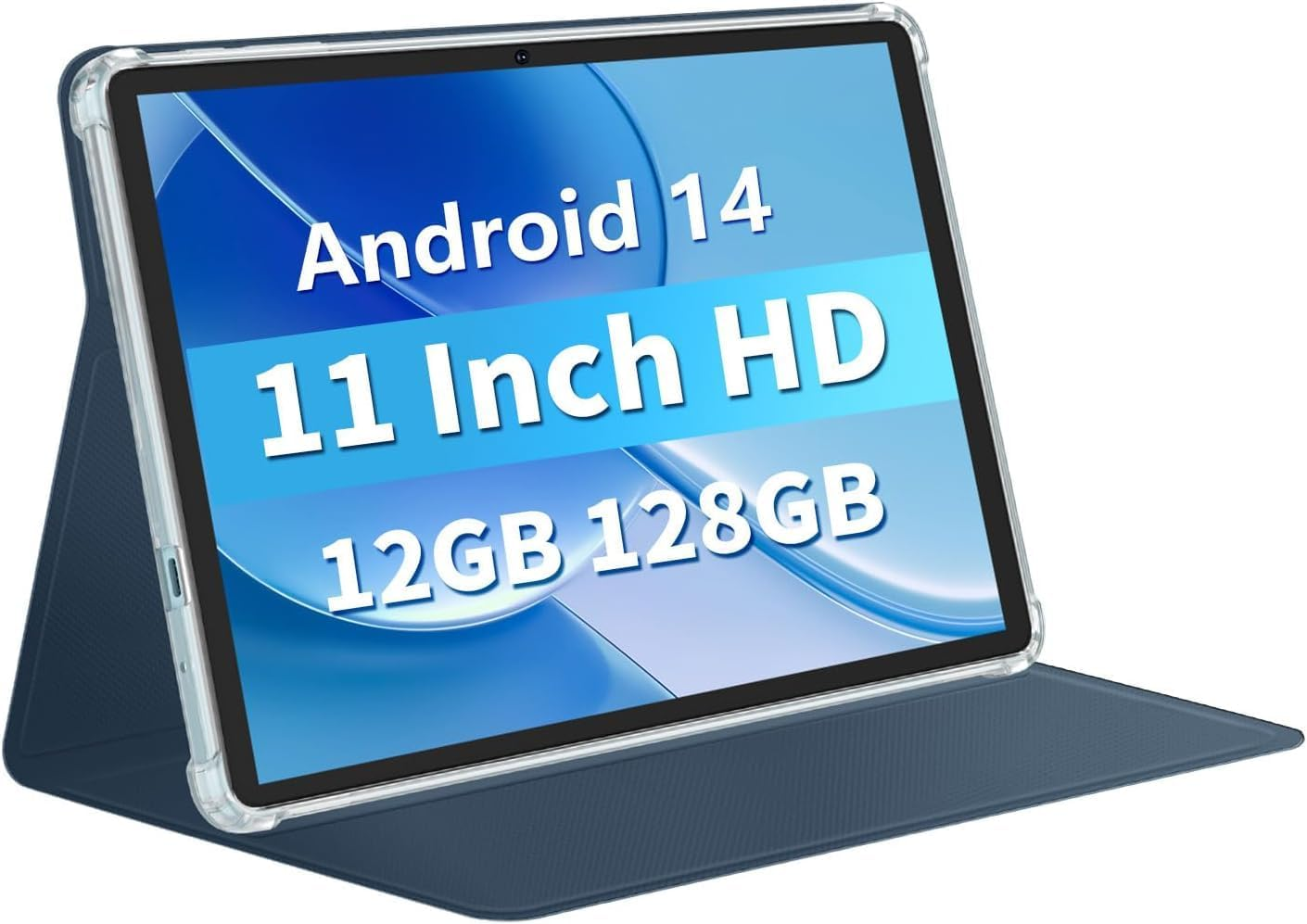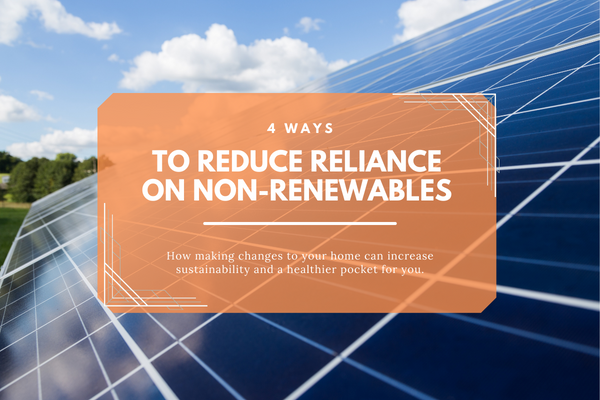When it comes to choosing between Kindle vs iPad, the decision can be quite nuanced for avid readers and tech enthusiasts alike. Both devices offer unique features that cater to different reading experiences, making them popular in their own right. The Kindle, especially models like the Kindle Paperwhite, is specifically designed for a distraction-free reading experience, allowing users to immerse themselves in their books without the temptations of notifications or apps. On the other hand, the iPad enhances the tablet reading experience by providing rich color displays and access to a variety of applications, including those for reading, browsing, and multimedia content. In this e-reader comparison, we’ll explore the strengths and weaknesses of both Kindle and iPad to help you determine which device best suits your reading habits and lifestyle.
In the ongoing debate about electronic reading devices, many find themselves weighing the merits of a dedicated e-reader against a versatile tablet. The Kindle series has long been revered for its simplicity and focus on reading, offering features tailored to book lovers, whereas the iPad serves as a multifunctional device that appeals to a broader audience, including those who enjoy digital magazines and graphic novels. This distinction highlights the core differences between an e-reader and a tablet, prompting discussions on usability, screen quality, and battery life. As we delve deeper into this topic, it becomes clear that the choice between these two devices hinges not only on individual reading preferences but also on how one integrates reading into their daily life.
Understanding the Kindle Experience
The Kindle experience is unique in its design and functionality, specifically tailored for avid readers. The original Kindle, introduced years ago, set a benchmark for e-readers with its lightweight build and extended battery life. With models like the Kindle Paperwhite, readers can enjoy the same level of portability but with improved features such as built-in lighting and a higher resolution display. Despite these advancements, some users still feel that the Kindle’s lack of color display limits its utility for graphic novels, magazines, and content that relies on illustrations.
Moreover, while the Kindle excels in providing a distraction-free environment, the consistent performance issues across various models, including the Kindle Oasis, have fueled discussions on whether an e-reader can truly compete with multifunctional devices like tablets. For dedicated readers, the Kindle serves as a primary tool for book consumption, yet limitations in performance and display size often leave readers craving more versatility.
The Shift to iPad for Reading
In contrast to the Kindle, the iPad offers an enriched reading experience thanks to its vibrant color display and expansive screen size. The switch from a Kindle to an iPad was born from the need to diversify reading materials beyond traditional books. The iPad caters to diverse content consumption, allowing access to magazines, graphic novels, and the wide array of beautifully illustrated texts that can significantly enhance the reading experience. For someone whose reading extends beyond books, the attributes of the iPad make it appealing despite its heavier and bulkier design.
With apps designed specifically for reading, the iPad presents a more versatile platform that accommodates various reading formats. The ability to switch between web browsing and digital reading creates a seamless transition, catering to readers who maintain dynamic reading patterns throughout their day. However, the trade-off is the pervasive distractions that accompany such a multifunctional device, making it challenging for some to replicate the immersive reading experience that a Kindle provides.
Kindle vs iPad: The E-Reader Comparison
When comparing the Kindle to the iPad, it’s important to weigh their features against specific reading needs. The Kindle is heralded for its exceptional battery life and minimalistic design, encouraging a focused reading experience devoid of notifications or distractions. This contrasts sharply with the iPad, which, while offering a vibrant display and versatility, often competes for the user’s attention with numerous applications and notifications. Readers who prioritize distraction-free reading may prefer the Kindle, while those seeking multimedia content might find the iPad more appealing.
Moreover, while both devices cater to distinct preferences, performance remains a critical factor in the e-reader comparison. Kindle models like the Paperwhite and Oasis have made strides in readability, yet many users report a need for improvements in performance speed and overall responsiveness, particularly when compared to the rapid processing capabilities of the iPad. In this regard, the iPad shines, delivering a fluid reading experience combined with the flexibility of a tablet, though it may sacrifice some aspects of pure reading enjoyment.
The Allure of the Kindle Paperwhite
The Kindle Paperwhite has captured the attention of many with its impressive features tailored for readers. With its built-in adjustable lighting and waterproof design, it enables reading in varied conditions — from bright sunny beaches to cozy candlelit rooms. This model also provides a sharp display that is easy on the eyes, allowing users to enjoy prolonged reading sessions with minimal strain. For those who cherish the feel of a physical book, the Kindle Paperwhite effectively mimics that familiarity while providing a digital alternative.
Despite its merits, feedback on the Kindle Paperwhite suggests that enhancements could still be made, especially when it comes to navigating through content and loading speeds. Readers migrating from fast tablets like the iPad might notice these delays. However, many loyal Kindle users embrace the Paperwhite for its battery longevity and focus on e-books, proving that it remains a crucial part of the modern reading landscape.
The Multifunctionality of the iPad
One of the standout features of the iPad is its multifunctionality, making it a worthy competitor in the e-reader market. Not only is it capable of displaying e-books with stunning clarity, but users can also access various applications for reading news articles, magazines, and academic papers. The wealth of available content transforms the iPad into a versatile device for information consumption, catering to readers who enjoy diverse media formats.
However, the trade-offs may affect the reading experience. While the iPad provides a high-definition display perfect for colorful illustrations, some users may find it overwhelming due to its weight and size. The constant need for charging due to its various functionalities can also be a drawback compared to the Kindle’s impressive battery performance. So, while the iPad shines in terms of features and content diversity, purists seeking an uninterrupted reading experience might still lean towards the Kindle.
Evaluating Reading Habits: Which Device Fits?
When considering the best device for reading, it’s essential to evaluate personal reading habits and preferences. The Kindle is often recommended for those who predominantly read novels and non-illustrated texts. Its specialized e-ink technology replicates the experience of reading paper and is optimized for long reading sessions, making it ideal for those who want to dive into a multitude of e-books without distractions.
On the flip side, for readers who thrive on variety — be it magazines, graphic novels, or even video content — the iPad provides an enriched, multifaceted approach to reading. It allows users to engage with digital content in ways that a Kindle cannot match. Readers should consider whether they prefer a more focused, traditional reading experience or the adaptability and interactivity brought forth by tablet reading.
Revisiting Device Choices over Time
As technology evolves, so does the appeal and functionality of reading devices. The Kindle has seen gradual improvements over the years, yet there’s a sentiment among users that innovation has been stunted, leading them to explore alternatives like the iPad. Readers may find themselves shifting between devices as they discover new interests or reading styles, adapting to the functionalities that best serve their experiences.
Despite the fluctuations in device preference, one constant remains: the love for reading. Whether it’s a nostalgic attachment to the Kindle’s simplicity or the allure of an iPad’s multifunctional capabilities, readers continue to seek the device that enhances their literary journeys. Whether you choose the Kindle or opt for an iPad, the ultimate goal should always remain the same: fostering a love for reading in whatever format best suits your style.
The Future of E-Readers and Tablets
Looking ahead, the landscape of e-readers and tablets will likely continue to evolve, merging the best features of both devices. Newer models might address existing limitations, enhancing performance while maintaining the distinct advantages of an e-reader, such as battery life and reading comfort. As readers become more tech-savvy and discerning in their preferences, manufacturers will have to innovate to keep pace with the changing landscape.
Moreover, the growing trend towards digital content consumption means that both e-readers and tablets will play crucial roles in fostering reading habits among future generations. Whether it’s through educational applications on an iPad or an updated Kindle model boasting a color display, the aim should be to create an experience that resonates with users, encouraging them to engage with literature and information in meaningful ways.
Final Thoughts on Choosing Between Kindle and iPad
In the end, choosing between a Kindle and an iPad depends on individual priorities and reading habits. For those who are strictly looking for an e-book reader with exceptional battery life and a focus on reading, the Kindle remains an unbeatable choice. Its simplicity and targeted design cater to dedicated readers who seek distraction-free engagement with their literature.
However, if you value versatility and the ability to consume various types of media, the iPad could be your ideal device. With its comprehensive features and vibrant display, it serves a broader range of reading needs, despite its trade-offs in weight and battery life. Ultimately, the best device will be the one that aligns with your reading style and personal preferences.
Frequently Asked Questions
What are the key differences between Kindle and iPad for reading?
When comparing Kindle vs iPad, the main difference lies in their primary function. Kindles, especially models like the Kindle Paperwhite, are designed specifically for reading, featuring e-ink displays that reduce eye strain and provide a paper-like experience. In contrast, the iPad is a versatile tablet that supports various apps and content, making it suitable for reading but with added distractions from notifications and the internet.
Is the Kindle Paperwhite better than the iPad for dedicated reading?
The Kindle Paperwhite is often considered better than an iPad for dedicated reading due to its e-ink technology, which mimics paper and is easier on the eyes during long reading sessions. Additionally, its long battery life and lightweight design enhance the reading experience, making it ideal for avid readers who prefer a distraction-free environment.
Can an iPad be used effectively as an e-reader compared to a Kindle?
Yes, an iPad can be used effectively as an e-reader, especially with apps like Apple Books or Kindle app installed. However, it may not provide the same reader-friendly experience as a Kindle, as its backlit screen can lead to eye fatigue over extended periods. The choice between Kindle vs iPad heavily depends on whether you value a dedicated reading device or prefer a multifunctional tablet.
Which device offers a better battery life for reading, Kindle or iPad?
In the Kindle vs iPad debate, the Kindle typically offers superior battery life. For instance, the Kindle Paperwhite can last weeks on a single charge, while an iPad usually requires charging every day or two, especially if used for various tasks beyond reading.
What are the advantages of using an iPad for reading over a Kindle?
While Kindle devices excel at reading eBooks, an iPad offers advantages like color display, larger screen sizes for better multimedia content consumption, and access to a broader range of apps for reading news and browsing. This makes the iPad a versatile choice if you often read a mix of eBooks, articles, and enjoy graphic visuals.
Which device is more suitable for graphic novels, Kindle or iPad?
For graphic novels, the iPad is generally more suitable than a Kindle. The iPad’s vibrant color display and larger screen provide a better visual experience for illustrated content. Kindles, especially traditional models, are limited in displaying color and may not do justice to the artwork found in graphic novels.
How does the reading experience differ between Kindle and iPad?
The reading experience on Kindle vs iPad differs significantly. Kindles provide a distraction-free environment tailored for reading, with e-ink technology that feels more like paper. iPads, while capable of displaying colorful content and multimedia, can lead to distractions from apps and notifications, affecting the immersive reading experience.
Is the iPad Mini a better alternative for reading than the standard iPad?
Yes, the iPad Mini is often considered a better alternative for reading compared to the standard iPad. Its smaller size makes it lighter and more portable, which is ideal for extended reading sessions without fatigue. It maintains the advantages of a versatile tablet while being easier to handle for reading purposes.
| Feature | Kindle | iPad |
|---|---|---|
| Display | E-ink, black and white, compact | LCD, color, larger screen size |
| Battery Life | Weeks-long battery life | Daily charging required |
| Reading Experience | Distraction-free, ideal for books | Multifunctional, suitable for various content |
| Performance | Adequate for book reading | High performance, but can be overwhelming |
| Portability | Lightweight and easy to carry | Heavier, less portable |
Summary
When considering Kindle vs iPad, it’s evident that each device has its distinct advantages and drawbacks. The Kindle excels with its long battery life and distraction-free reading experience, making it suitable for dedicated reading of books. However, its limitations in display size and performance may deter users who require color and versatility for their reading habits. On the other hand, the iPad offers a larger, color display with multifunctional capabilities but may feel bulky for long reading sessions. Ultimately, the choice between Kindle and iPad depends on individual needs, with readers needing to weigh the importance of portability, functionality, and the nature of their reading material.
